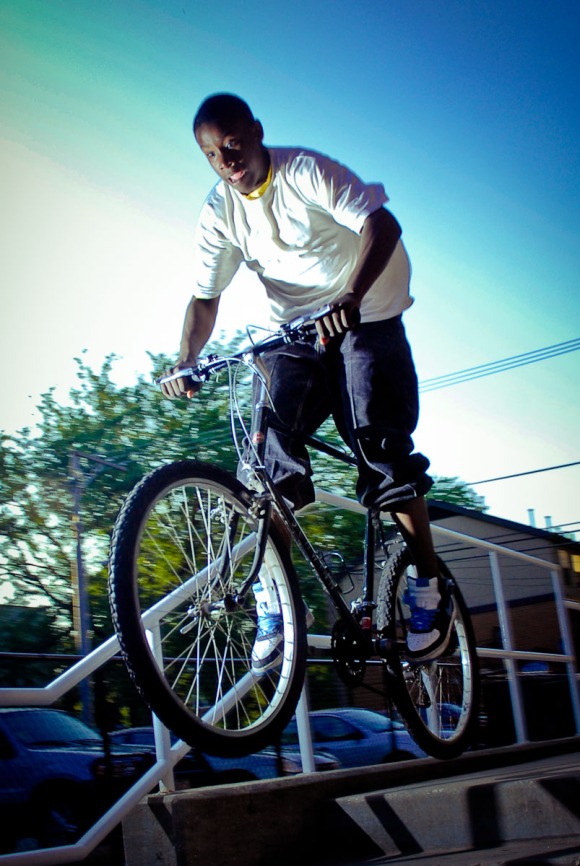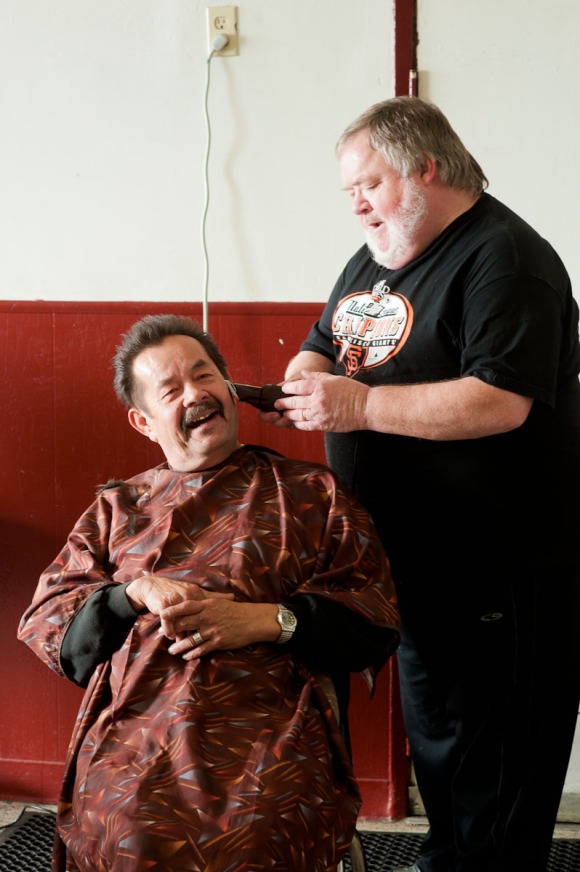I’m incredibly excited to have my first actual photographer in my War Photographer series. Peter (and his wife Liz, who you will be hearing from in a few weeks time) are amazingly thoughtful individuals–living a life that most of us would find hard with impossible grace. The words in this post were like a balm for my soul, as were the images that accompanied them. For more stunning photography (and plenty of wisdom as well) check out Peter’s blog, Fiercely Alive.
I am a war photographer.
Or I want to be, at least.
When I started playing with my first digital camera, I fell in love with the idea of photojournalism. Good photojournalism has this incredible power to open up new worlds, to tell untold stories, and to expose the hidden parts of society that people usually ignore. Though I was a wannabe young radical with a heart for “urban issues,” I was still finishing college in a very white, upper middle-class suburb of Chicago. So I saw the nearby city as an opportunity to start photographing the real world that everyone else in my suburban area and rural hometown was missing out on. I wanted to jump into the war against poverty, against discrimination, against apathy; I wanted to make a difference. For me, that meant showing how messed up and forgotten our world really is.
I’d hop on the train and travel into the city on a weekend, exploring this unknown urban jungle. With sneaky shots of the homeless, portraits of Latino construction workers, and scenes of gritty poor neighborhoods, I was learning how to shoot while teaching myself to see the details of a city I just knew people preferred to ignore. This was it—with camera in hand, I had found my way to speak prophetically to the world.
After graduating, I’d had enough of the suburbs. My wife had a connection with an intentional community and church on the north side of Chicago, so we moved there (and I wound up on staff at the church a year later). Our new community was diverse, it had immigrants and public housing, and gangs claimed territory on either side of our street. Clearly, this was where we were supposed to be, right?
Our neighborhood offered a plethora of opportunities for good urban photography: I could walk down one street and shoot run-down buildings, down another to find Latino immigrants selling watermelons from the back of a truck, and a third street to discreetly photograph young black men hanging out on the corner. (Note: Please don’t actually do this. Nothing screams “Cop!” louder than a white man in the city taking sneaky shots of teens smoking weed).
Over time, though, photographing in our area became more difficult. It felt awkward taking pictures of people I didn’t know; it felt dishonest representing people from afar. Worst of all, as I built relationships with our neighbors around us, I realized my photos only showed people as “social issues” while ignoring everything else about them.
I had taken our city and turned it into nothing but stereotypes.
My supposedly prophetic photography, which I dreamed could one day change the world, was doing nothing but showing the ugly surface and ignoring everything underneath. I was taking the assumptions and fears of everyone who I hoped would see the truth, and showed them only what they expected:
Look how poor our community is.
Look how dirty and run-down our buildings are.
Look how hopeless and dangerous our youth are.
Look how rough a place the city is.
I was no longer just a wannabe photojournalist, traveling to unknown places and photographing new people and sights. I was a local, a member of the community, a friend and neighbor to the people around me. My community wasn’t just a set of “social issues” anymore: I knew the mother down the street was working three jobs to support her children, I mentored youth desperate for a safe place to hang out and be kids again, and I saw brilliant students on track to college if they could avoid the gangs and drugs their peers were falling into.
I am a war photographer, but my war has changed. I’m a minister, no longer an objective outsider. I don’t need to show everyone how broken the world is; it’s easy to see, and many people are doing it far better than I ever could.
What the world does need—what my community needs—is to see real live people, with real hopes and dreams like the rest of us, who are trying as best as they can to survive the brokenness around them.
What the world needs—what my community needs—is for the people we stereotype to be able to define and present themselves as they want to be seen, to be able to put their best foot forward.
What the world needs—what my community needs—are more signs of hope that grow amidst the problems, not more reminders of the problems.
Does this mean we gloss over the issues in our communities? I don’t think that’s helpful. People need to know, for example, that my current neighborhood in London has the highest rate of child poverty in the country, that young people are often afraid of leaving their neighborhood for fear of getting jumped. But images and stories are able to share this context, this environment, without treating people as merely the sum of their situation.
So how do we do all this? I still don’t really know yet. I’m still trying to learn how to do it well. But I do know what I’m striving for:
Where the world sees poverty, we want it to see a different sort of richness.
Where the world sees violence, we want it to see people longing for peace.
Where the world sees crime, we want it to see neighbors looking out for each other.
Where the world sees brokenness, we want it to see stories of hope and strength.
Where the world sees destruction, we want it to see signs of God’s redemption.
Amidst the darkness, we want the world to see the Kingdom.

A trash can in our neighborhood overflowing with rubbish from snacks and fast food. When a community has serious problems, it’s not difficult to show it; symptoms are everywhere.

A local youth in Chicago shows off some of his bike tricks behind his local school. The obvious focus for kids like him is to talk about poor grades, lack of role models, and proximity to drugs and violence. Exploring what they’re good at, what excites them, allows them to be seen on their own terms.

A local barber volunteers once a week to give free haircuts at a homeless shelter in California. Documenting this small event was a treat; the men enjoyed their weekly gathering, and all of them were proud of how they looked after their trim. Despite their difficult circumstances, it was great to show them when they felt at their best.

Young women get creative during London’s first real snowfall last year. What are the signs in your community that people hope and dream for something better?

A portrait of a homeless gentleman on the street. He was enthusiastic about his dog, and wanted to make sure he was included. Although we were strangers, taking just a few minutes to chat with him and ask his permission helped me learn how to treat him as a human with emotions, rather than a representative of an issue.
 Peter Anderson is a black belt pacifist photographer. He mostly wears black, loves the city but wants to live in the mountains, and thinks walking is a great way to get around. He and his wife Liz are part of InnerCHANGE’s team in the East End of London.
Peter Anderson is a black belt pacifist photographer. He mostly wears black, loves the city but wants to live in the mountains, and thinks walking is a great way to get around. He and his wife Liz are part of InnerCHANGE’s team in the East End of London.
For the idea behind the series, go here.
War Photographer: J.R. Goudeau
